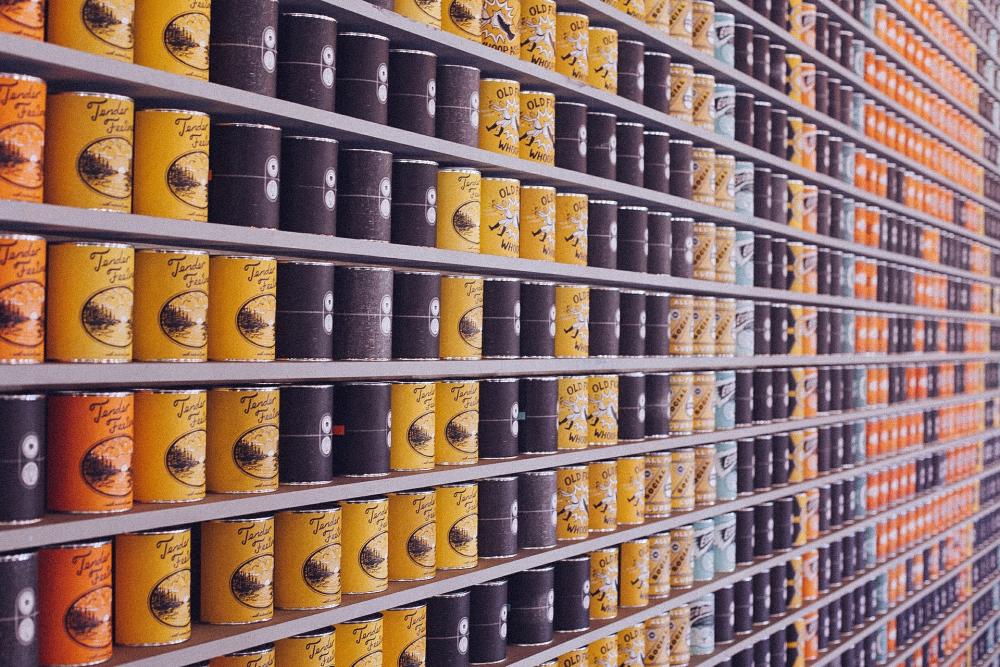3 Green Approaches To Your Emergency-Preparedness Plan
Getting your family and home ready for an emergency doesn’t need to be bad for the environment. In fact, many homeowners are surprised to hear that “prepping” can actually reduce their carbon footprint when done correctly. Here are some eco-friendly tips that will help you get your family ready for emergencies such as storms, floods, and power outages.
Buy Supplies That You Are Going To Use Anyways
Many of the food products that are put in survival kits aren’t designed to be very tasty. The point of an emergency ration is to be as lightweight as possible while still providing you with enough calories to survive. Instead of buying bland survival food, you can stock up on nonperishables that your family will end up eating anyways. Most experts agree that families should have a good mixture of canned and dried foods that will last for at least a year. That includes dehydrated fruit, cereal, canned vegetables, canned meats, nuts, rice, and pasta.
Invest In Second-Hand Gear
Even though emergency gear can be expensive, there is a large second-hand market for most of these items. Those who spend a little extra time searching for supplies might be able to stock their entire home with second-hand items that have never even been taken out of their packages. In addition to scouring the internet for deals, you can also take a look at local military surplus stores in your town. Buying brand new flashlights, first aid kits, and other emergency supplies is only going to send more unused items to the dump.
Make Your Home Self-Sufficient
Making your home as self-sufficient as possible is good for the environment and a great way to prepare for emergencies. The first step in this process is to make sure that your home has an alternate source of energy, like a standby generator from Anderson Water Systems. If a natural catastrophe causes rolling blackouts, then you will be able to take your entire home off the grid so that electricity can get to hospitals and other emergency organizations. Those who live in a colder climate should also consider investing in a secondary heating source such as a wood furnace.
Having a well-stocked home and comprehensive plan for emergencies will keep your family safe during these terrible events. With some research and a little bit of planning, you can make sure that your emergency preparations have almost no impact on your neighbors and the environment around you.



0 Comments
Recommended Comments
There are no comments to display.